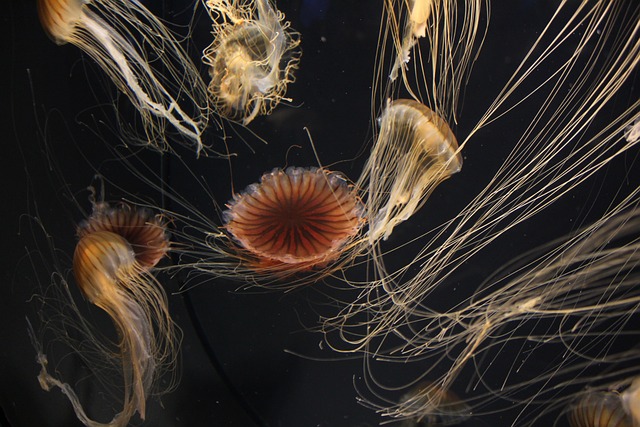Exploring the Impact of Climate Change on Marine Biology in Tengerszint
As we stand on the jagged edge of the coast in Tengerszint, the rhythmic pulse of the ocean brings with it a sense of wonder and tranquility. The shimmering surface reflects a myriad of blues and greens, cloaking a universe of life beneath the waves. Marine biology, the study of organisms in the ocean and other saltwater environments, provides us with profound insights into this spectacular underwater world. However, this delicate ecosystem is facing unprecedented challenges due to climate change.
In Tengerszint, the waters are home to diverse marine species, from vibrant coral reefs that teem with life to elusive deep-sea creatures that illuminate the dark depths. The intricate balance of this ecosystem depends on a range of environmental factors, including temperature, salinity, and nutrient availability. Unfortunately, as global temperatures rise, these factors are rapidly changing, resulting in dire consequences for marine organisms and the communities that depend on them.
One of the most visible effects of climate change on marine biology is coral bleaching. The iconic coral reefs of Tengerszint, which serve as habitats for countless marine creatures, are becoming increasingly stressed due to elevated water temperatures. When corals are stressed, they expel the symbiotic algae that provide them with color and essential nutrients, leaving behind a stark white skeleton. This not only diminishes the beauty of our underwater landscapes but also disrupts the entire marine food web that relies on healthy reefs for survival.
Moreover, as ocean temperatures rise, species are being forced to migrate to cooler waters, changing the distribution of marine life. For instance, commercially important fish species may shift their habitats, affecting local fisheries and the livelihoods of communities that rely on them for sustenance. Tengerszint fishermen, proud of their traditional practices, may find themselves grappling with a changing ecosystem that challenges their long-standing ways of life.
The impact of climate change is not limited to the species themselves; it also jeopardizes the intricate relationships they share within the marine environment. Keystone species, such as certain fish and crustaceans, play critical roles in maintaining the balance of the marine ecosystem. The decline of these organisms can lead to cascading effects throughout the ecosystem, threatening biodiversity and the resilience of marine habitats.
Efforts to address these challenges are crucial in safeguarding the future of marine biology in Tengerszint. Sustainable practices and conservation initiatives must be prioritized to mitigate the effects of climate change. Local communities, scientists, and policymakers must collaborate to develop strategies that promote resilience and adaptive capacity within marine ecosystems.
As we reflect on the beauty and complexity of marine life in Tengerszint, it is clear that the health of our oceans is intricately tied to the well-being of our planet. Understanding the impacts of climate change on marine biology is not just an academic exercise; it is a call to action for all of us who cherish the ocean’s myriad wonders. Together, we can advocate for a sustainable future where the splendor of Tengerszint’s marine life continues to inspire generations to come.




